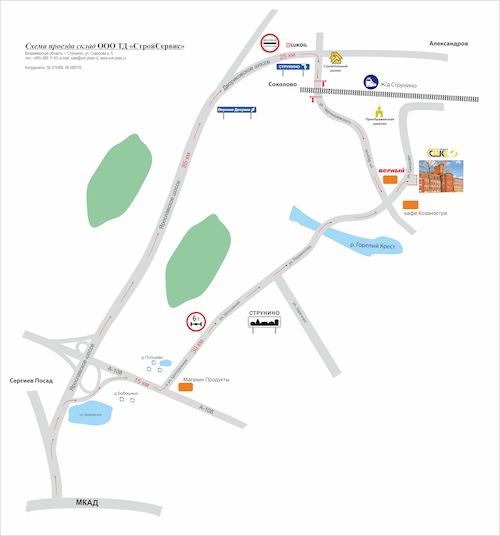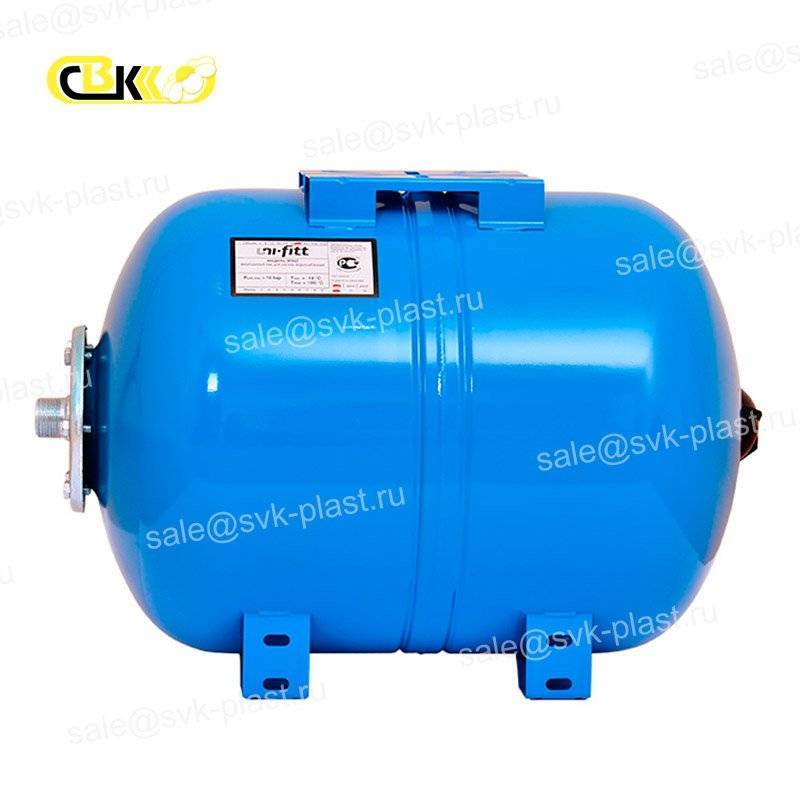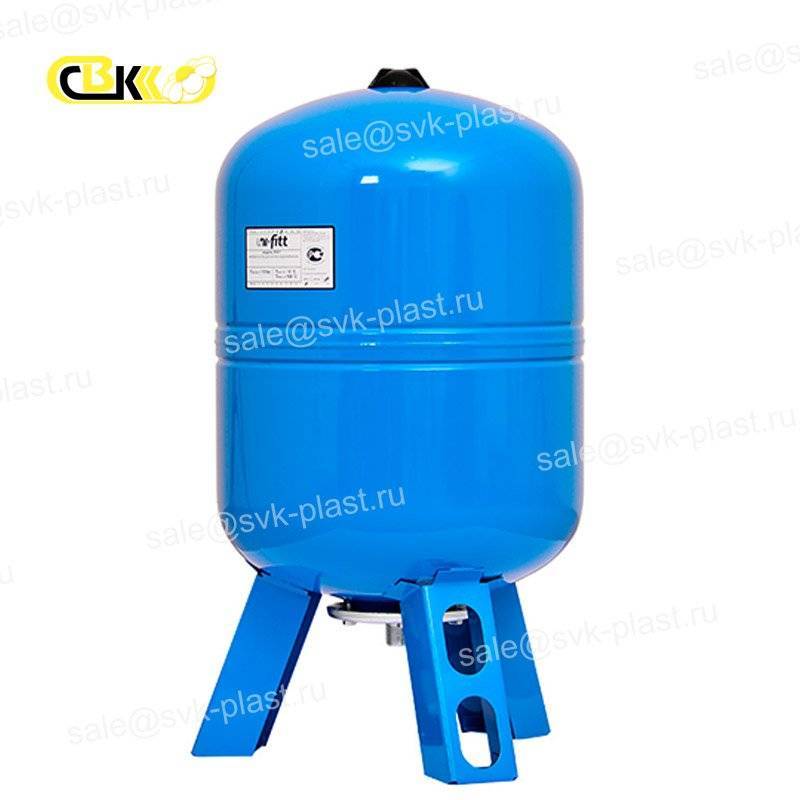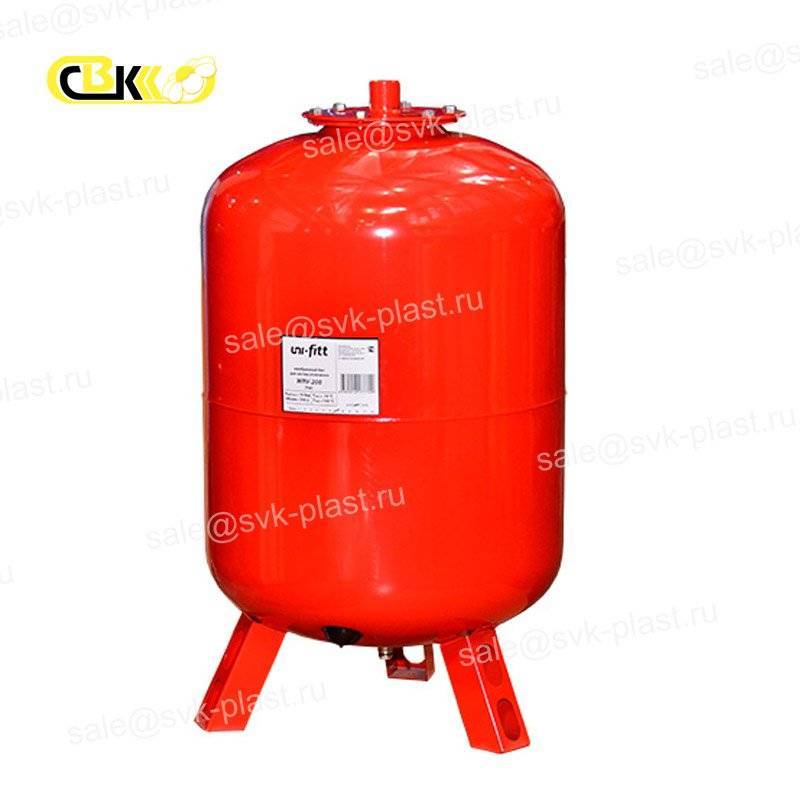Uni-FITT expansion tanks
Expansion tank for water horizontal UNI-FITT
| Vendor code | Name |
|---|---|
| WAO24-U | UF horizontal water Expansion tank 24 l |
| WAO50-U | UF horizontal water Expansion tank 50 l |
| WAO80-U | UF horizontal water Expansion tank 80 l |
| WAO100-U | UF horizontal water Expansion tank 100 l |
| WAO150-U | UF horizontal water Expansion tank 150 l |
Expansion tank for water vertical UNI-FITT
| Vendor code | Name |
|---|---|
| WAV8-U | UF vertical water Expansion tank 8 l |
| WAV12-U | UF vertical water Expansion tank 12 l |
| WAV18-U | UF vertical water Expansion tank 18 l |
| WAV24-U | UF vertical water Expansion tank 24 l |
| WAV35-U | UF vertical water Expansion tank 35 l |
| WAV50-U | UF vertical water Expansion tank 50 l |
| WAV80-U | UF vertical water Expansion tank 80 l |
| WAV100-U | UF vertical water Expansion tank 100 l |
| WAV150-U | UF vertical Expansion water tank 150 l |
| WAV500-U | UF vertical water Expansion tank 500 l |
Expansion tank for heating UNI-FITT
| Vendor code | Name |
|---|---|
| WRV8-U | UF Expansion tank for heating 8 l. |
| WRV12-U | UF Expansion tank for heating 12 l. |
| WRV18-U | UF Expansion tank for heating 18 l. |
| WRV24-U | UF Expansion tank for heating 24 l. |
| WRV35-U | UF Expansion tank for heating 35 l. |
| WRV50-U | UF Expansion tank for heating 50 l. |
| WRV80-U | UF Expansion tank for heating 80 l. |
| WRV100-U | UF Expansion tank for heating 100 l. |
| WRV150-U | UF Expansion tank for heating 150 l. |
| WRV200-U | UF Expansion tank for heating 200 l. |
Choosing an expansion tank for the heating system
When arranging an Autonomous heating system, the correct selection of the expansion tank plays a huge role. This unit must fully comply with the characteristics of the system in order to ensure its adequate functioning.
The expansion tank is a special tank designed to compensate for the temperature expansion of the coolant used in the heating system. When the liquid is heated, its volume increases, while the dynamics of volume increase is approximately 0.3% for every 10°C.
Water has a low compressibility coefficient, so that in an isolated system that is not equipped with an expansion tank, there will be no room for excess coolant, and this will lead to an increase in pressure and an inevitable accident – leakage of connections or rupture of pipes. We must note that the valve for discharge of excessive heated fluid cannot become an adequate replacement for expansion tank, since the cooling water in the pipes will shrink, creating a vacuum, and this will trigger depressurization system and the penetration of air into it, causing the heating system will not work.
Types of expansion tanks
You need to select the expansion tank taking into account the specifics of the heating system, which can be closed or open.
- The device of the open type
This type of unit is designed for heating systems in which the liquid flows through the pipes independently, due to natural convection. This device has a simplified design and looks like an ordinary tank in the form of a cylinder or box. The container must be installed at the very top of the pipeline. Such a tank will not only allow you to compensate for the thermal expansion of the liquid, but also guarantees the removal of air from the system.
Since water constantly evaporates from an open tank, it is necessary to systematically check its level and top up the liquid. To do this, you need to install a special branch of the water supply system and equip it with a tap, or you will have to carry water to the installation site of the tank yourself.
To reduce heat losses, experts advise to make the tank heat insulation. The tank itself is made of sheet metal, and is equipped with a lid on top to reduce the rate of evaporation and cooling of the liquid. Also, the expansion tank has a special overflow pipe that is connected to the sewer system or output to the street, with which the maximum water level is controlled.
Disadvantages of the design:
- regular maintenance is required;
- high heat loss;
- the inner surfaces of the tank are quickly covered with rust;
- it is required to lay auxiliary pipes.
Advantages of the design:
- allows you to create a non-volatile heating system;
- simplicity of the solution, so that such a tank can be assembled independently.
Currently, tanks of this type are used infrequently due to the low efficiency of the gravity heating system.
2. The device of the closed type
This equipment is suitable for use in any heating system, regardless of the principle of coolant circulation (natural or forced). The use of closed tanks made it possible to eliminate the contact of liquid with air, thereby reducing the risk of corrosion of metal components of the heating system and increasing their service life.
The main advantages of closed tanks:
- there is no evaporation of the circulating liquid (it is not necessary to monitor the level of the heat carrier, add it to the heating system, set the overflow outlet);
- the heating system will be able to work normally at high pressure;
- since the expansion tank is usually installed in the boiler room, it does not need to be protected from freezing, it will work smoothly throughout the heating season.
The device of the closed type shall be fitted with a valve to divert the air either manually or automatically. If there is a manual valve, check the level of filling of the system with liquid regularly. In the case of an automatic valve, the control function is performed by a pressure gauge designed to measure the pressure in the heating system.
3. The device of the diaphragm type
This upgraded version of the closed impermeable tank operates in an automated mode. The main component of this unit is an internal membrane made of a flexible polymer moisture-proof material that is resistant to high temperatures.
The membrane divides the internal space of the tank into 2 chambers – water and air, so that the liquid does not come into contact with either the metal surfaces of the tank or the air. This design solution reduces the risk of air entering the coolant and protects the system from rust, while the tank itself is also protected from the negative influence of moisture.
When the coolant expands, the membrane is deformed, causing air compression in the tank chamber. When the water cools, the air pushes it back into the pipes. This principle of operation made it possible to almost four times reduce the volume of the tank required for the heating system. In addition, the installation of a membrane expansion tank allows you to keep the pressure in the pipeline at a constant level, and this in turn increases the service life of the equipment used for heat supply.
The membrane tank simultaneously acts as a safety device – if the pressure in the tank reaches a dangerous value, the pump will immediately turn off. The re-launch of the system will be possible only after returning the pressure to normal levels.
When choosing a membrane tank, first of all it is necessary to be guided by the reliability of the device. Over the years, the membrane loses its flexibility and cracks appear in it. Experts advise buying units with a replaceable membrane, so that if necessary, you can repair the tank yourself, and not change it.
The membrane tank has the following advantages:
- compactness;
- low heat loss;
- no evaporation of the coolant;
- protects the heating system from rusting;
- the system can function normally even at high pressure.
Important! When choosing a membrane tank in the store, be sure to look at its markings, as it is easy to confuse it with a hydraulic accumulator designed for the water supply system. They have a similar shape and can be painted in similar shades. The nameplate placed on the tank body contains information about the operating temperature and pressure: the membrane tank has these indicators of 120°C and 3 bar, respectively, while the hydraulic accumulator has 70°C and 10 bar.
How to calculate the tank volume
In order not to make a mistake with the choice, before visiting the store, you must determine the required volume of the expansion tank. To do this, you need to perform a number of calculations.
When designing a heating system, it is always taken into account that the size of the expansion tank must be approximately 15% of the total volume of the liquid coolant circulating in the system.
To calculate this value, you need to find out the volume of the liquid:
- in the heating boiler – this characteristic is given in the technical data sheet of the equipment;
- in radiators - you need to calculate the volume for each battery separately and sum it up. You must use the values provided in the Datasheet of the battery;
- in a pipeline system, it is calculated based on the diameter and length of the pipes.
When you calculate the radiators the importance of their species. The internal volume of panel radiators is always given in the technical data sheet. In the case of sectional radiators, the passport indicates the capacity of one section, so this value must be multiplied by the total number of sections.
To calculate the volume of water in the pipeline, you can use the following formula:
VC = π × D2 × L/4
where:
- π = 3,14;
- D – the inner section of the pipe;
- L – length of pipes (you will need to measure each heating circuit in the premises).
Before starting the calculation, the total length of the pipes and their cross-section should be converted to centimeters. After calculating the volume according to the formula, the resulting value will also be in this unit of measurement. To convert the result to liters, divide it by 1000.
Conclusion
Selection of the type of expansion tank for the heating system should be done at the stage of its design. At the same time, the calculation of the volume, as well as the purchase of the unit itself, can be postponed for later.
If you plan to install a "Underfloor heating" system, be sure to measure the length of each contour in the house before pouring concrete screed.
When buying an expansion tank, you can choose a slightly increased volume model, "with a margin", but not Vice versa. The extra volume will not affect the performance of the heating system.







